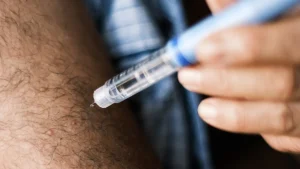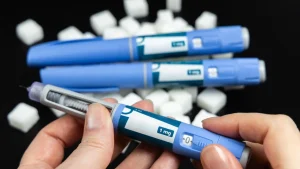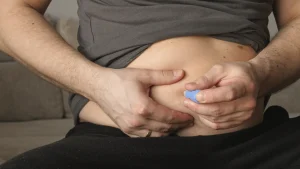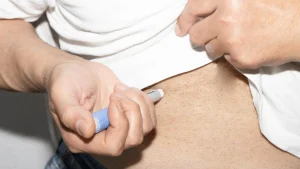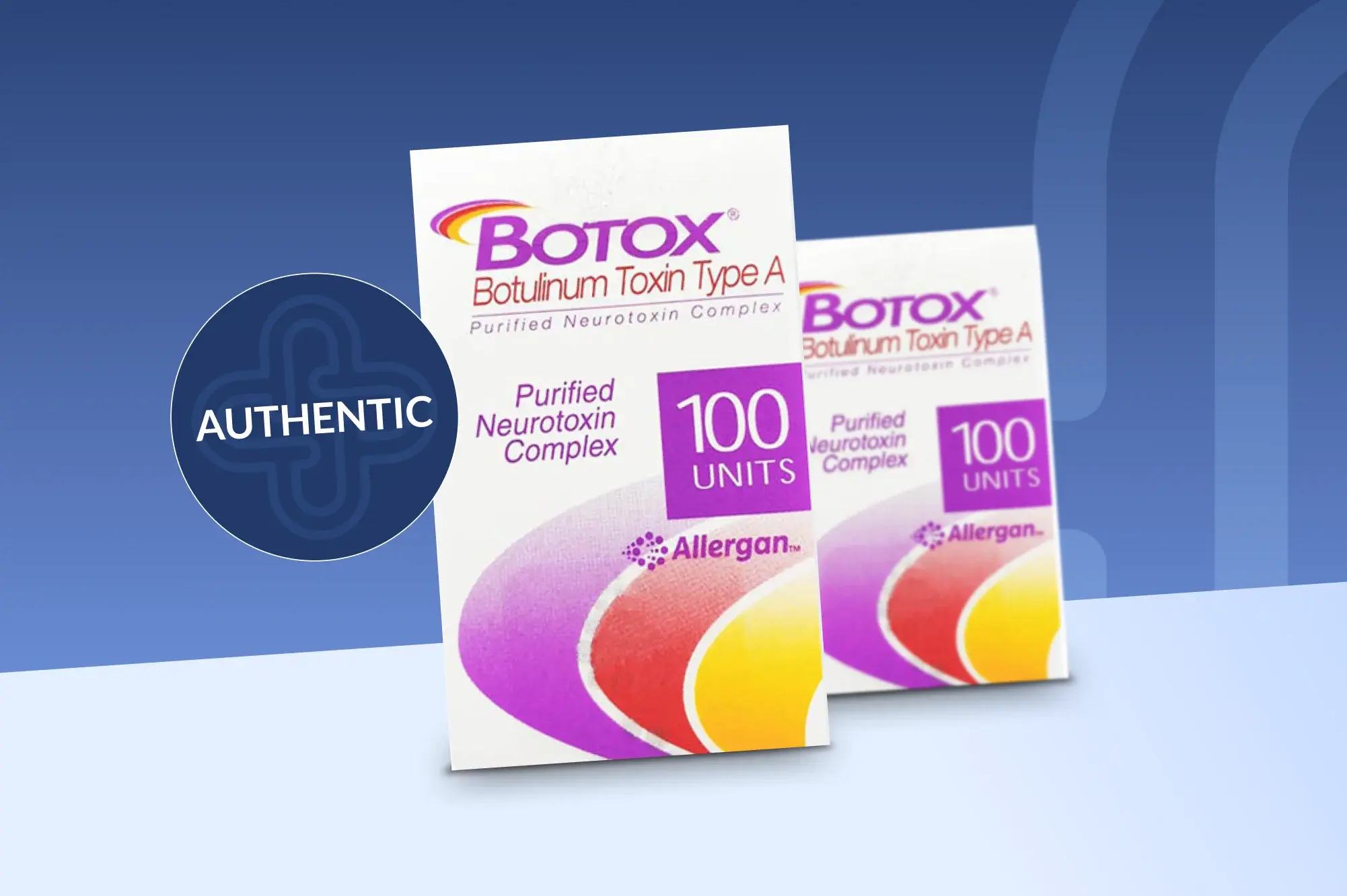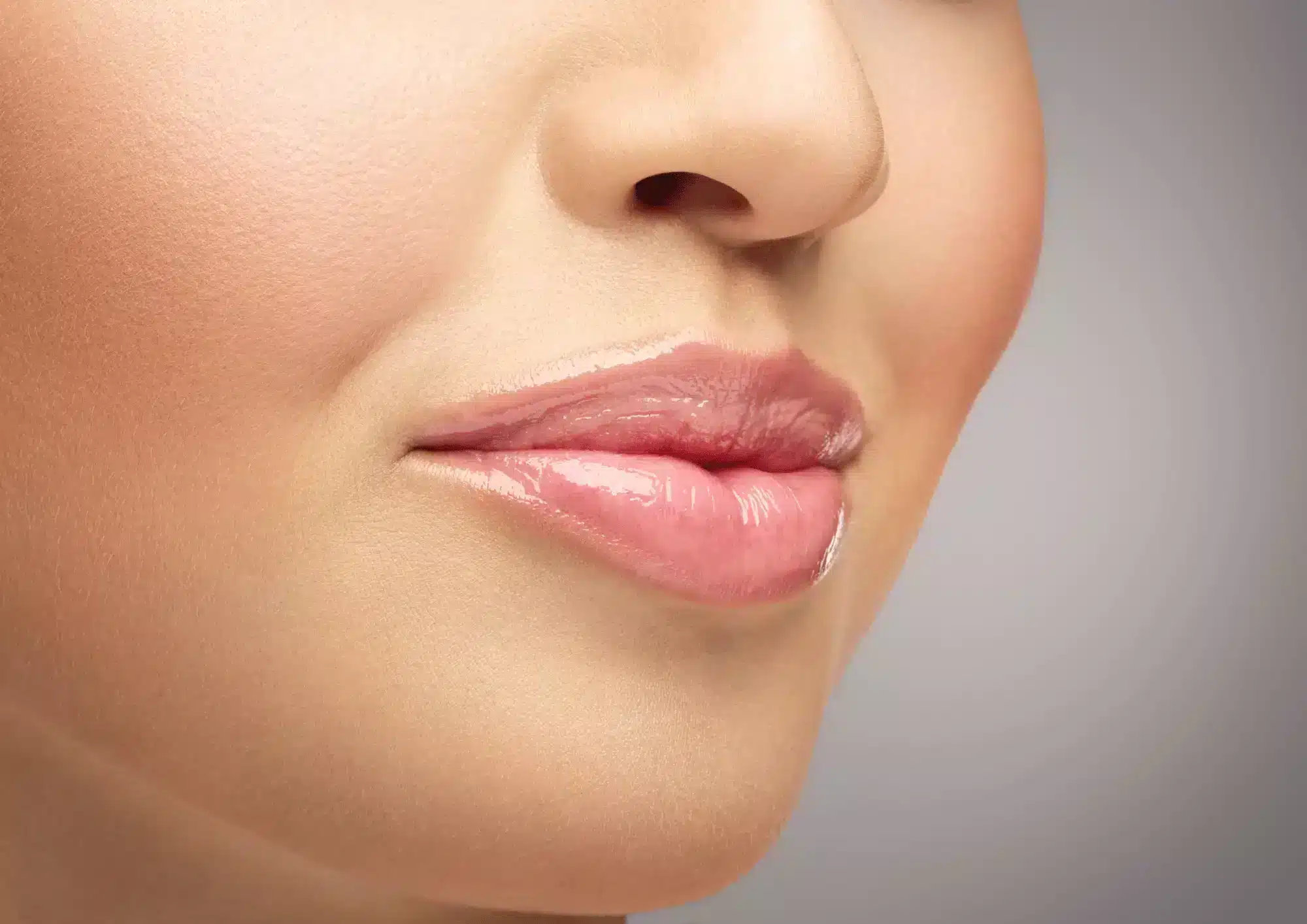The cosmetic injectable industry is enjoying massive growth in recent times due to increasing demand for minimally invasive aesthetic procedures like botulinum toxin and soft tissue augmentation treatments. Along with this growth is the frequent addition of new dermal fillers to the market, spurred by constant innovation and improvements in formulation. While this increase in therapeutic options may be a positive for consumers, an unfortunate effect of this is the substantial influx of information (and misinformation) about dermal filler treatments that can potentially mislead patients to make the wrong decision. There are plenty of choices when it comes to dermal fillers, each with their own benefits and downsides. This article hopes to shed some light on 2 very popular dermal filler treatments, the Restylane fillersS line vs Radiesse fillers line, and see how they fare in comparison to each other.
What’s the difference between Radiesse and Restylane?
Due to the sheer number of fillers currently available, it helps when discussing them to break them down into groups. There are many ways to categorize dermal fillers, but here we will go by mode of action. The first type of dermal filler is implanted into soft tissue for the purposes of adding volume, therefore these are known as fillers with replacement volume as a primary mechanism of action. Hyaluronic acid fillers like Restylane, which constitute the most commonly used dermal fillers, fall into this category. The second dermal filler group is implanted not to replace volume but to stimulate collagen growth at the treatment site. These are known as collagen biostimulators. They are typically made out of a synthetic material that is introduced to the skin to stimulate fibroblast cells for collagen synthesis. This is the category that fillers like Sculptra Line belong to. Here, it is important to note that Radiesse actually has both mechanisms of action—it not only has the immediate effect that comes with volume replacement, it also confers long-term effects through its role as a collagen stimulator. In this respect, Radiesse is unique among dermal fillers.
Radiesse, the versatile collagen biostimulator
Radiesse is made of microparticles of synthetic calcium hydroxylapatite. This compound is identical to a natural component of teeth and bones. The way in which it stimulates collagen growth is considered non-inflammatory, as no foreign body response is generated; rather, Radiesse merely acts as a scaffold around which collagen is able to form. With time, these microparticles break down into calcium and phosphate ions by phagocytes, leaving behind collagen.
The benefits that Radiesse provide do not stop at its collagen-forming capabilities. Radiesse is also formulated with physical characteristics that afford it excellent volume replacement capabilities. Radiesse is highly elastic and viscous; hence, it has good lifting and augmenting properties. In short, Radiesse can function both as volumizer and collagen stimulator, and it does both of these roles well. With natural-looking results that last beyond 2 years, Radiesse has many qualities that make it an ideal dermal filler.
Restylane, a hyaluronic acid filler treatment mainstay
Even if you are only marginally familiar with dermal filler treatments, it is still likely that you would have heard of Restylane. The first commercialized hyaluronic acid filler in the United States, the ever-popular Restylane brand is a stalwart in aesthetic practice.
As it has been mentioned before, Restylane dermal fillers are composed of a concentration of cross-linked hyaluronic acid. This material is a naturally occurring, hydrophilic sugar, not exclusively assigned to any tissue or species/organism, making the product extremely biocompatible and non-immunogenic. Following the moment it is implanted into the skin, the water-retaining properties act to keep the skin firm and hydrated. Results of one or multiple Restylane treatments are relatively durable, lasting 6–12 months on average.
Which filler should you choose, Radiesse or Restylane?
The simple answer: It depends. Because these two products are so different, they will produce different clinical effects. Thus, each filler will provide better results than the other depending on the application.
The Restylane brand comprises numerous products that can be used for many different applications, making it easy for the practitioner to develop a personalized treatment plan that meets the specific aesthetic needs of the patient. In contrast, Radiesse only comes in one formulation.
The area of treatment is another factor to consider. Many practitioners have noted that Radiesse is particularly suited for hand contouring. Its opacity—typically a drawback for a dermal filler—is valued in this instance, because it is able to hide the veins and tendons normally visible in an aging hand. However, due to its high elasticity and volumizing properties, Radiesse is not the best product for treating delicate areas with thin skin like the under-eye area or forehead.
As alluded to above, the dual-role of Radiesse allows it to have both immediate and long-term clinical effects, making this treatment more attractive to patients for whom longevity of results is a priority. However, these effects are irreversible, meaning that the patient will have no other recourse but to wait for the effects to wear off if the results were not what they expected. The effects of Restylane, on the other hand, can be easily reversed with hyaluronidase treatment.
Summary
In conclusion, while both Restylane and Radiesse are remarkable fillers with proven track records of efficacy and safety, the practitioner must take into account factors like type of treatment, area of treatment, as well as the preferences of the patient when it comes to matters like longevity and reversibility of treatment, in order to select the more appropriate product for treatment.


